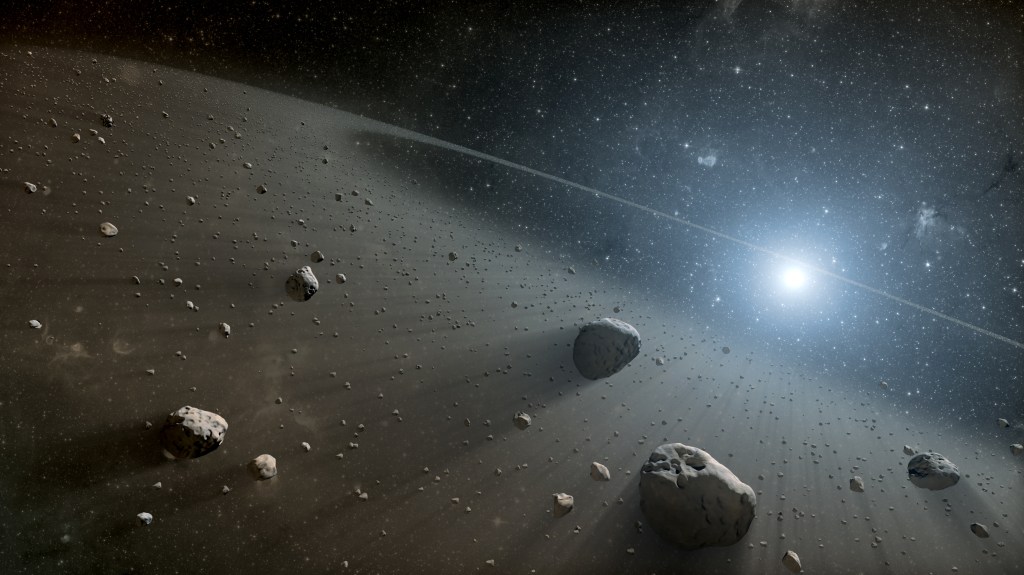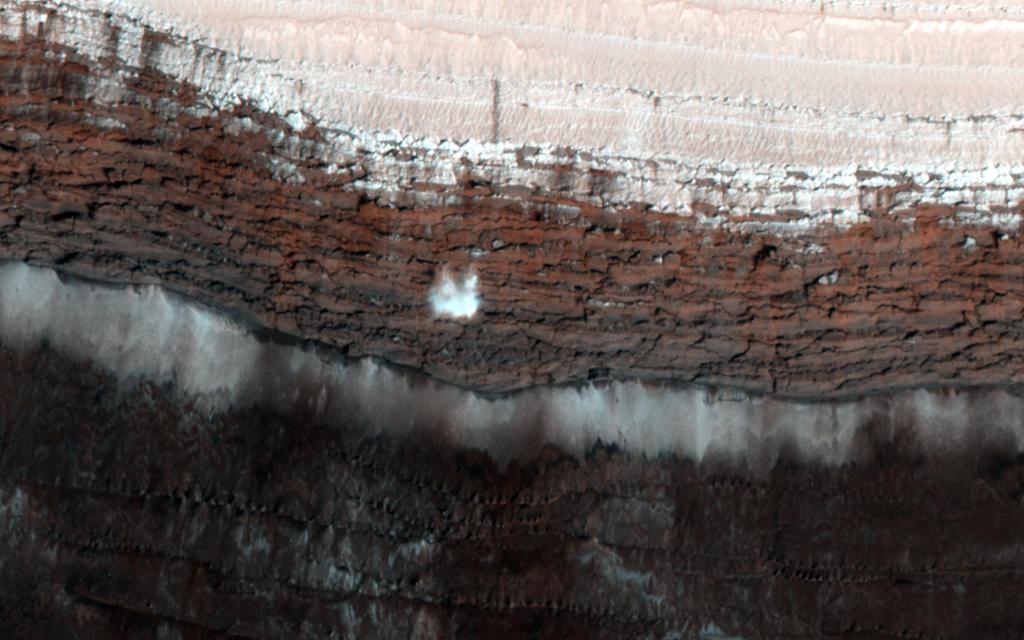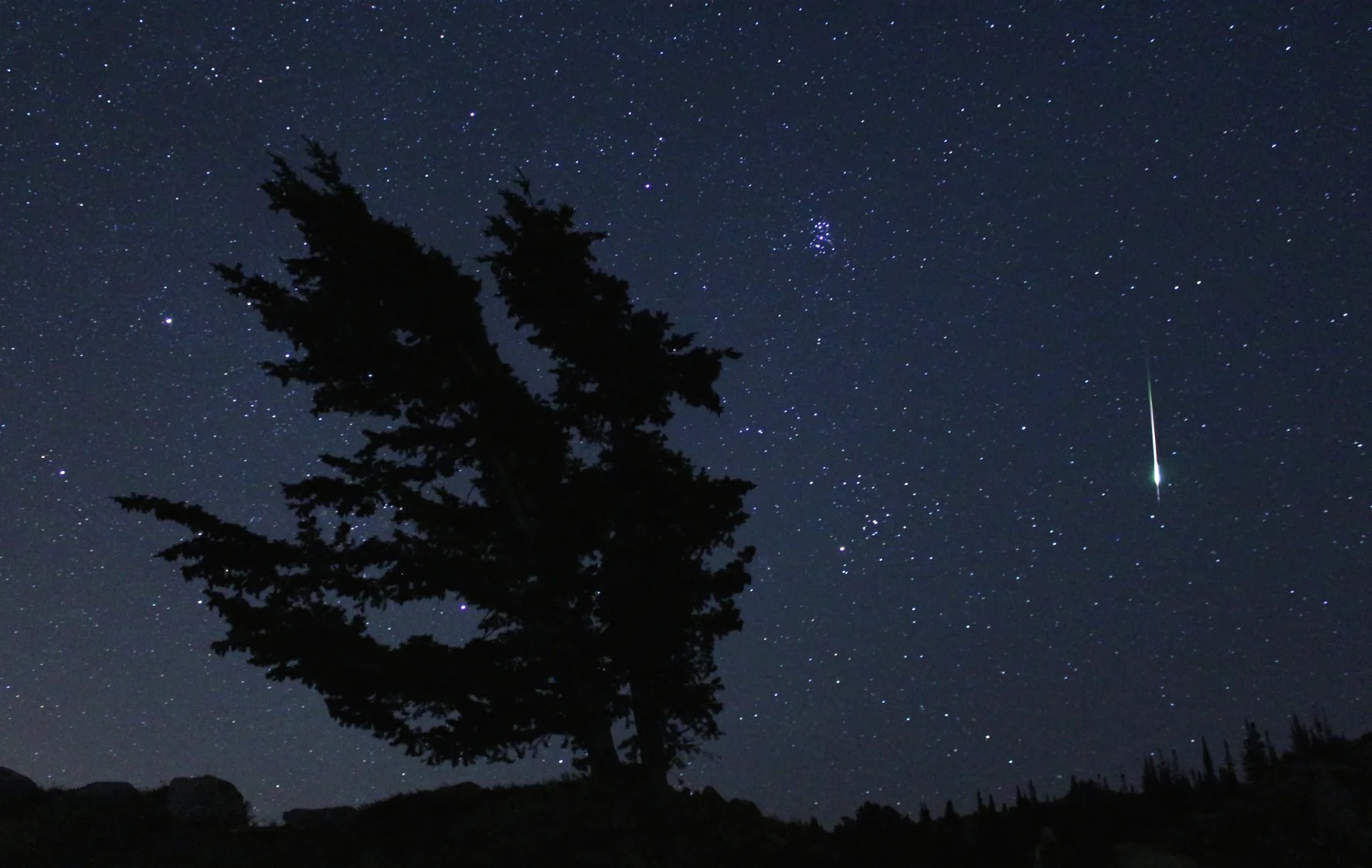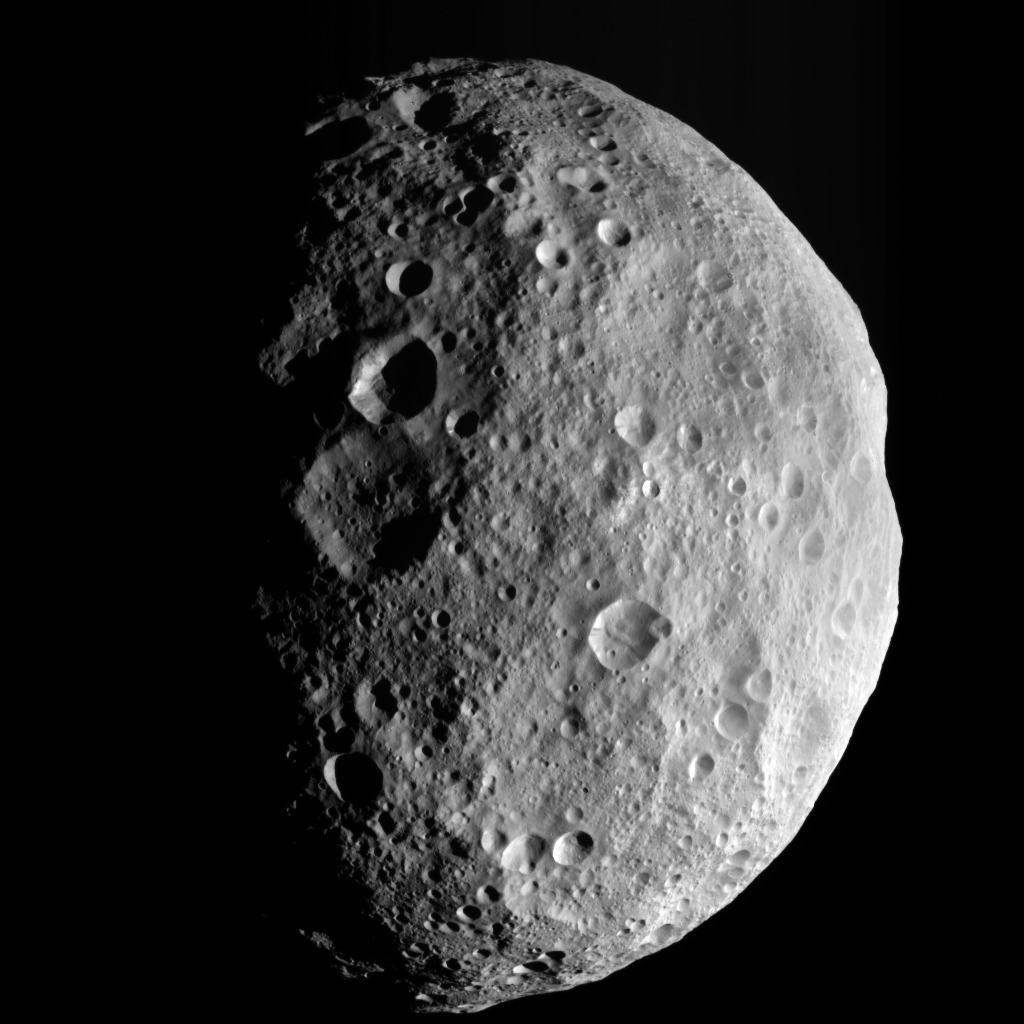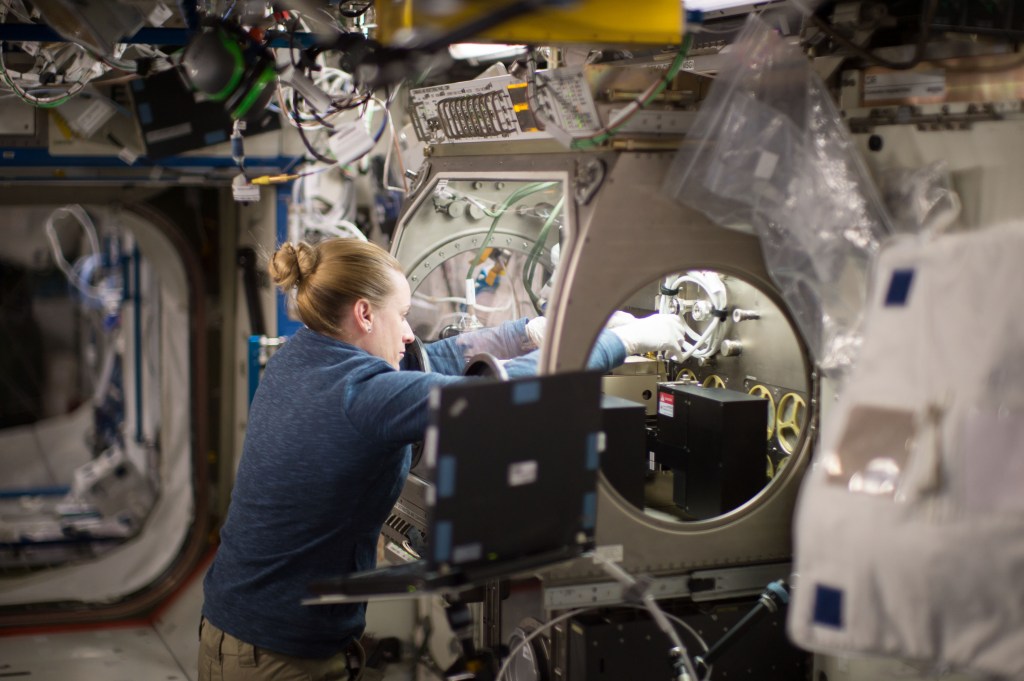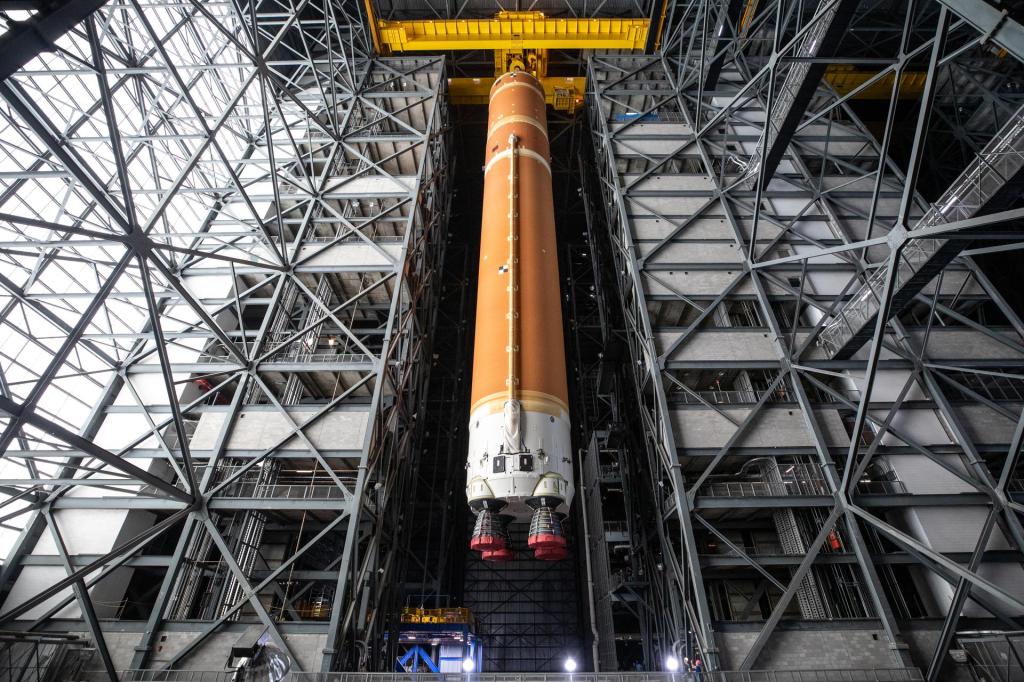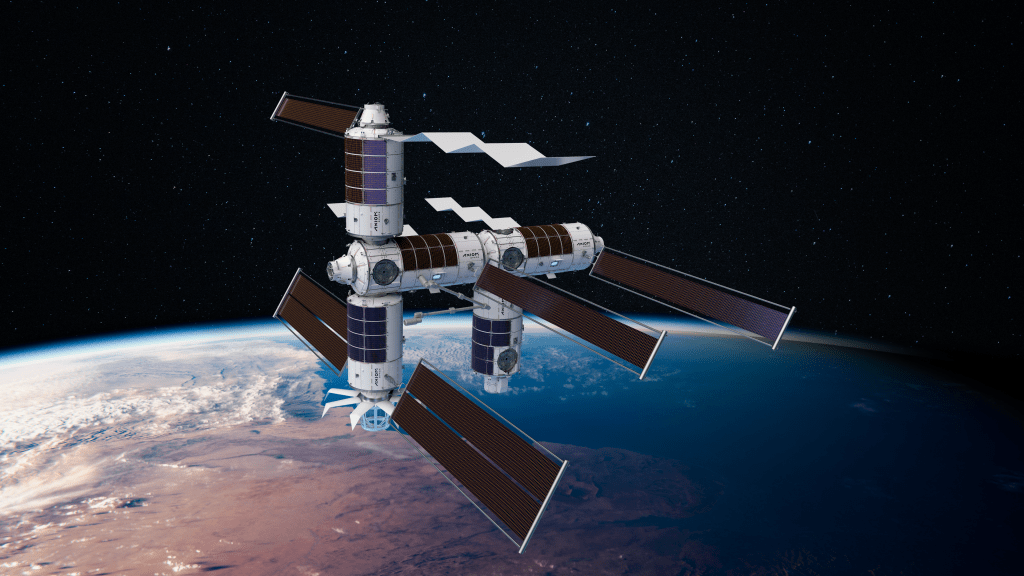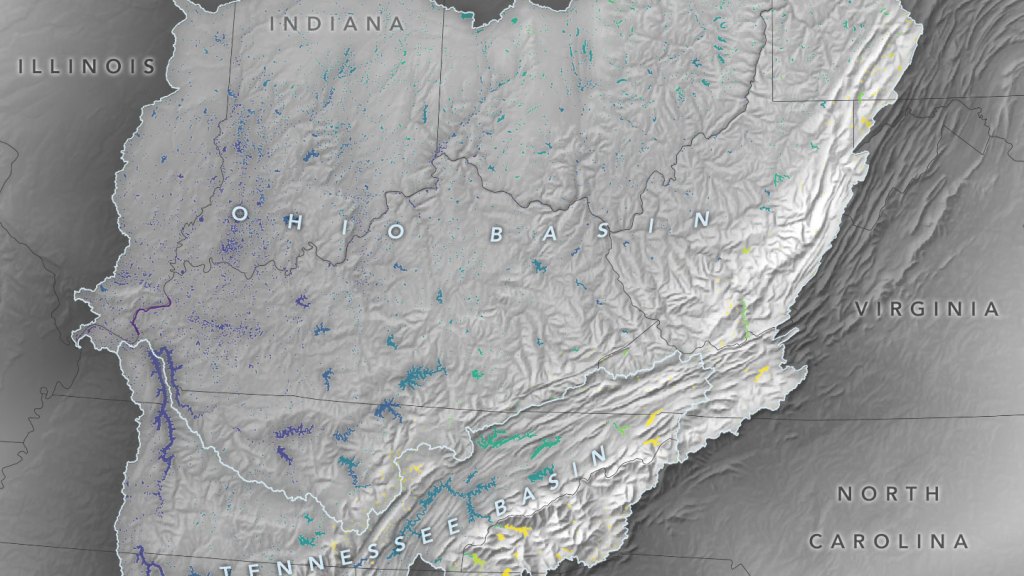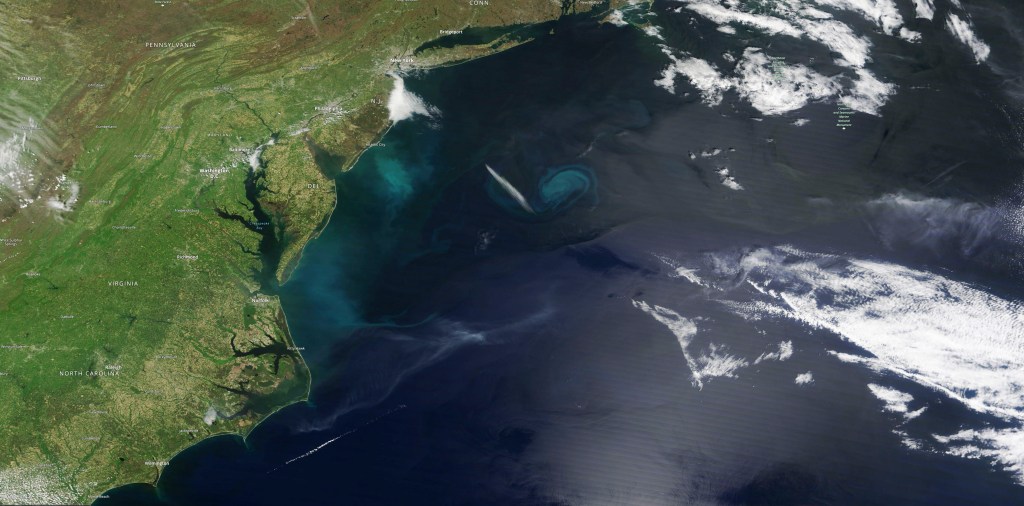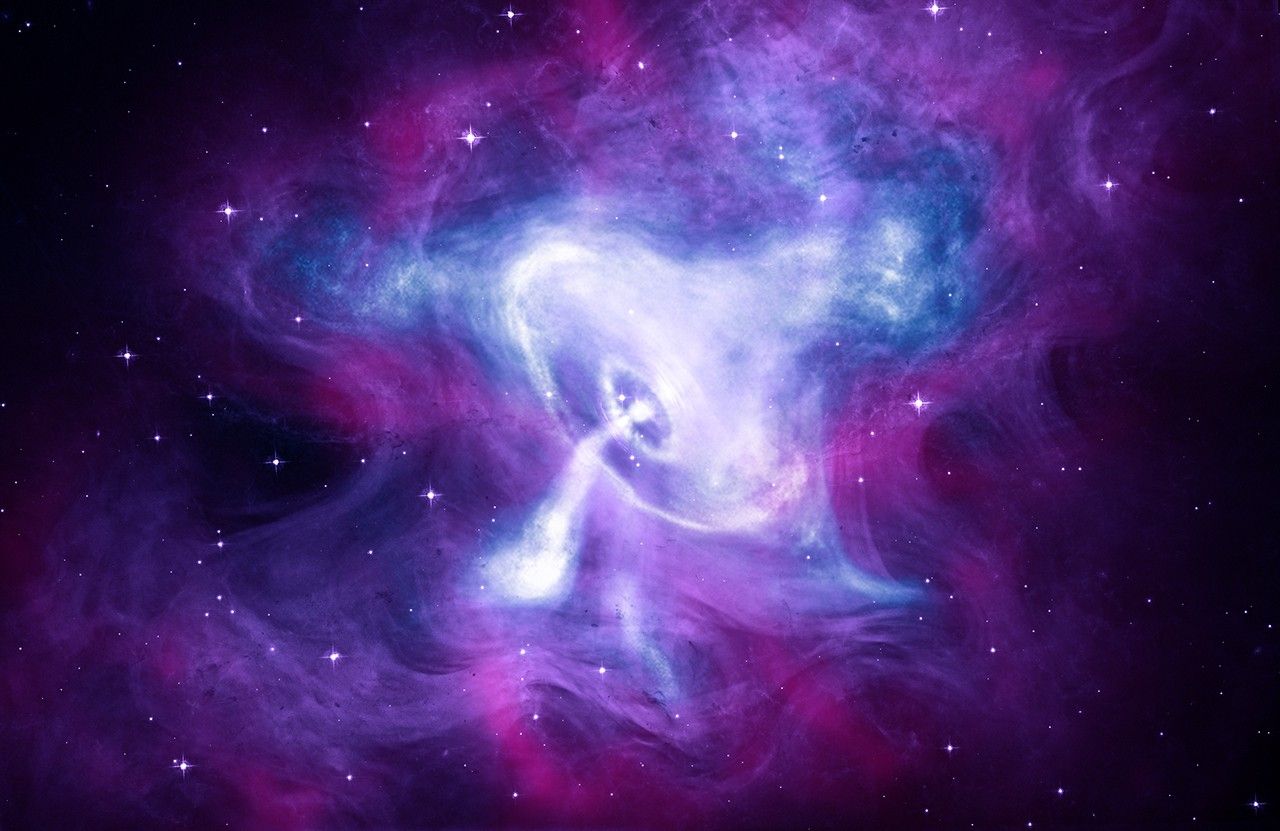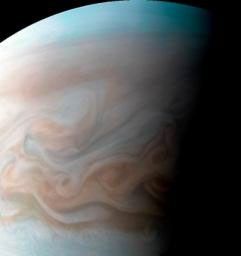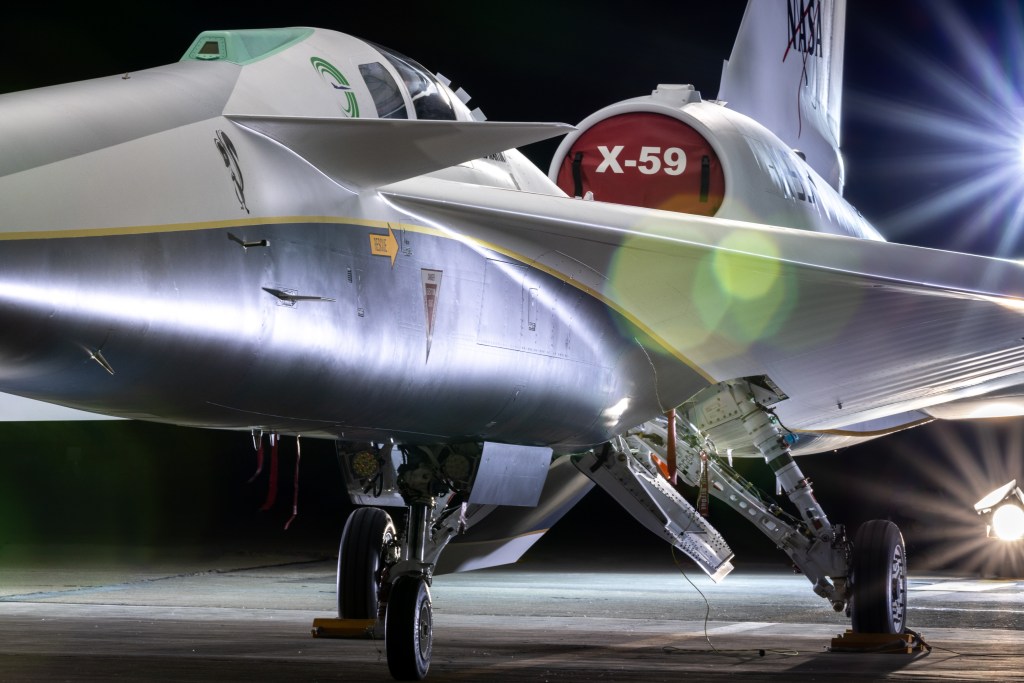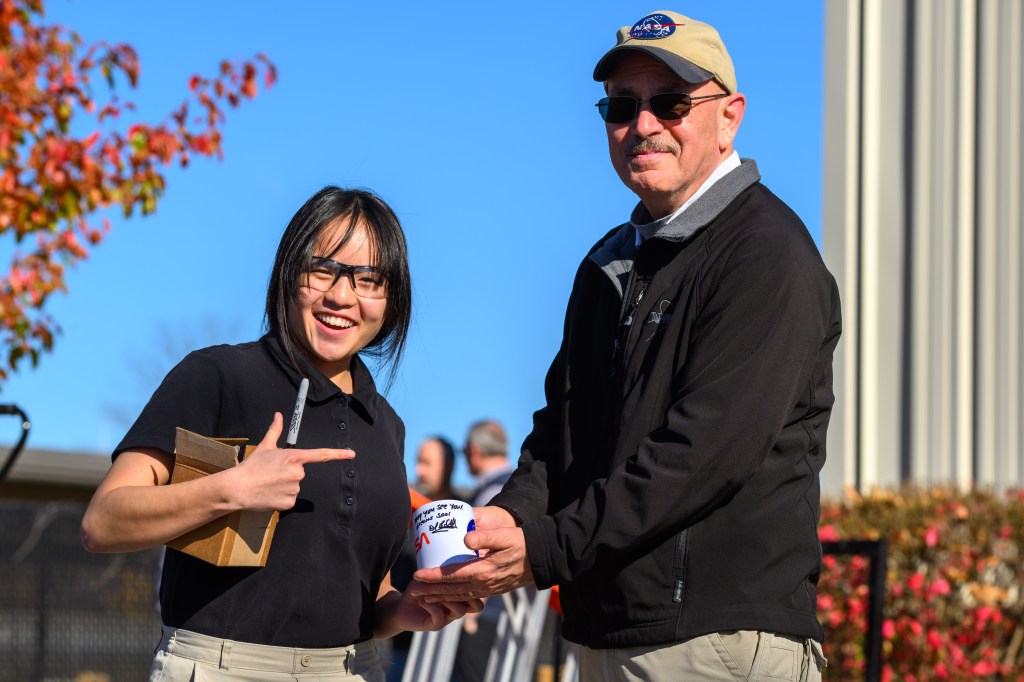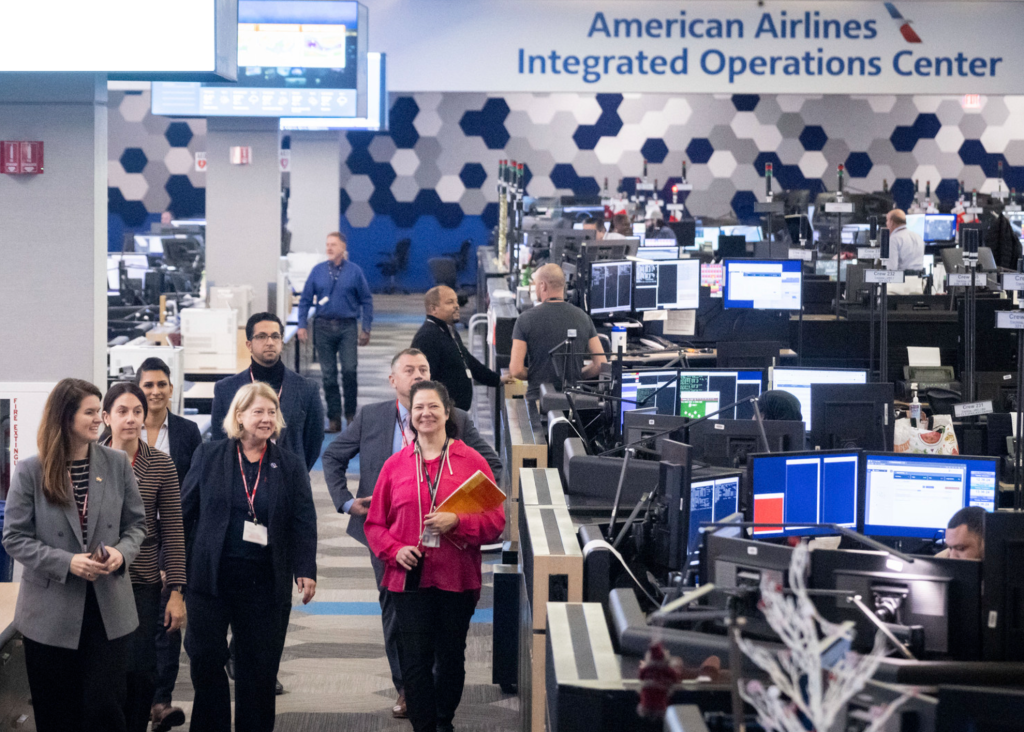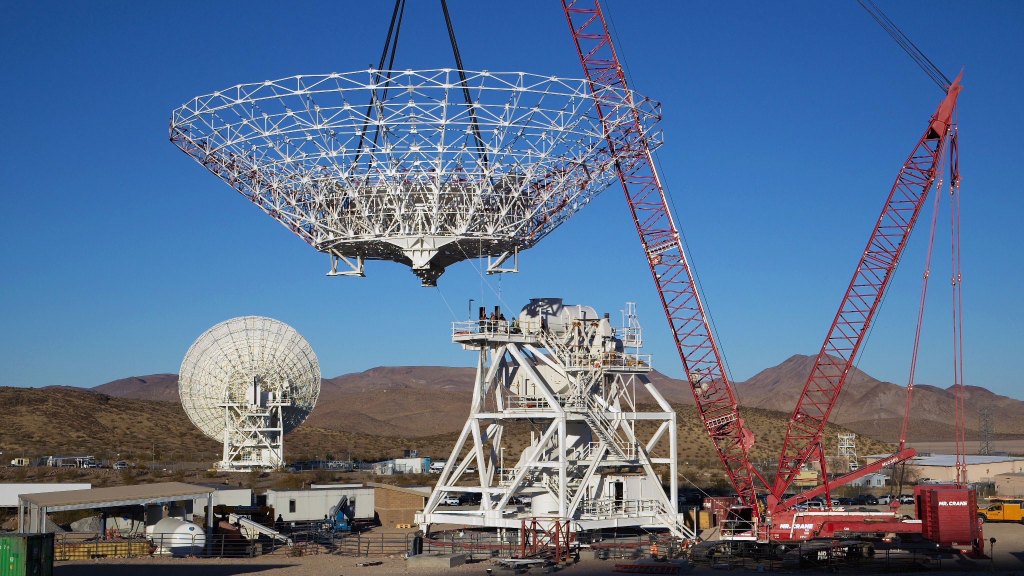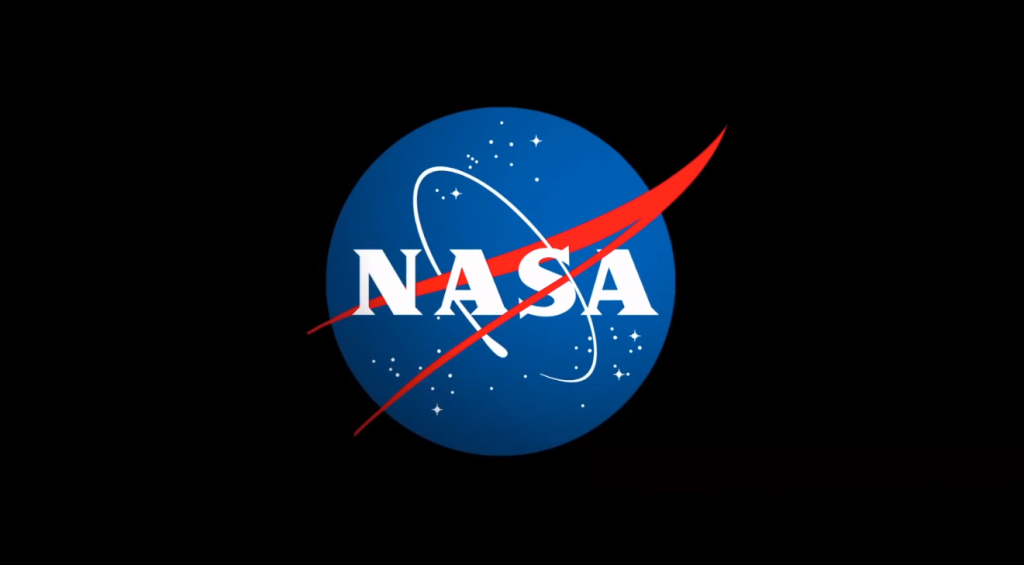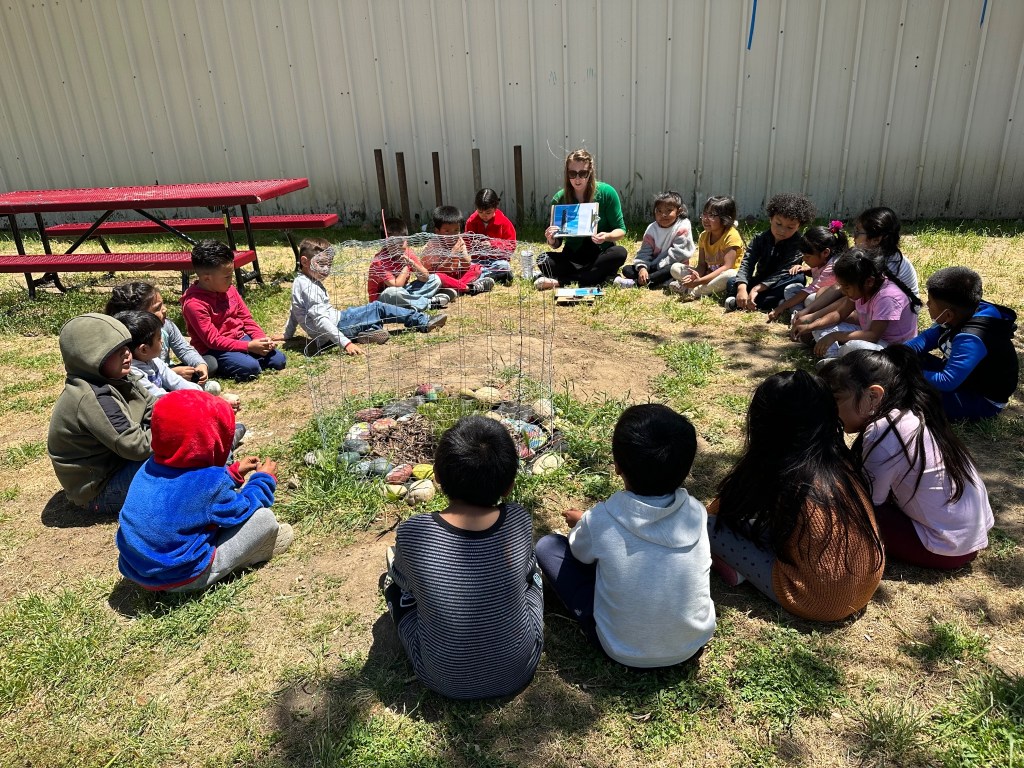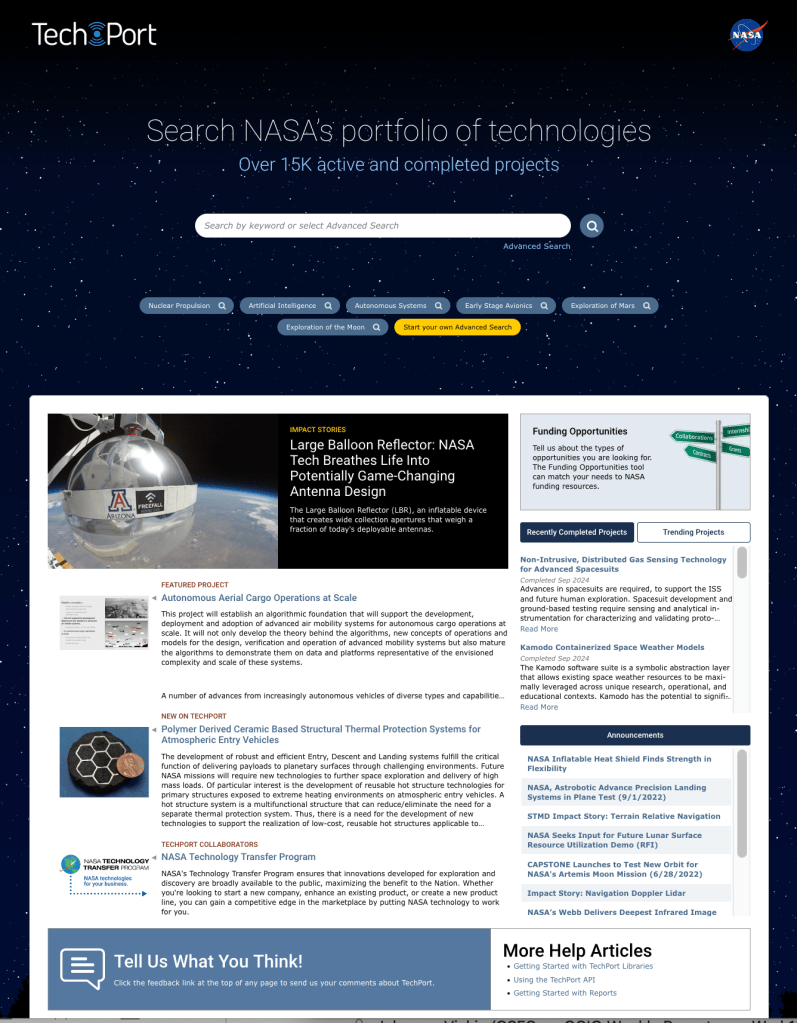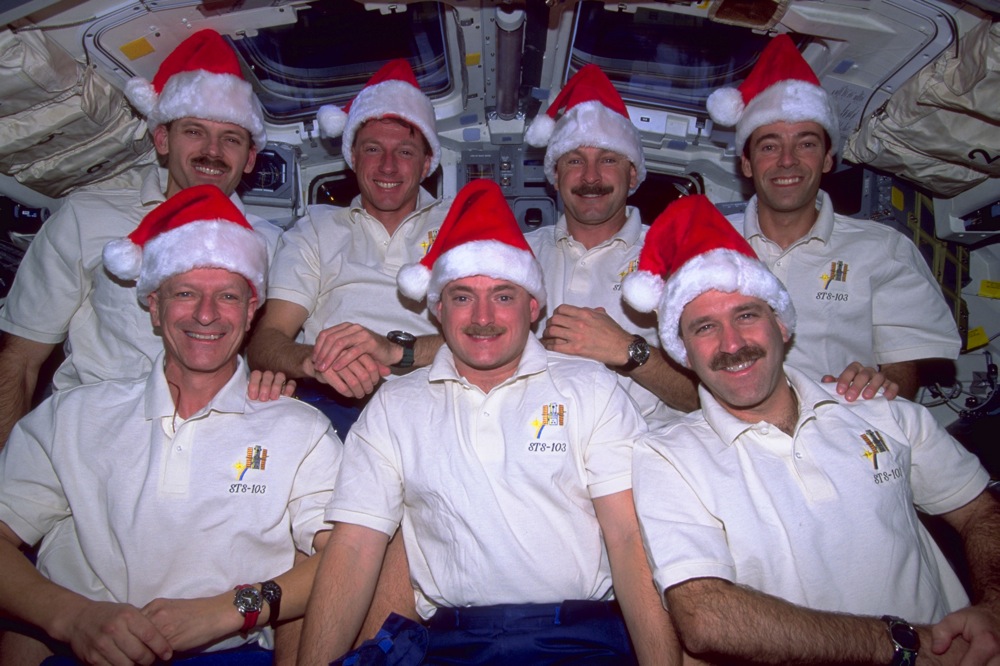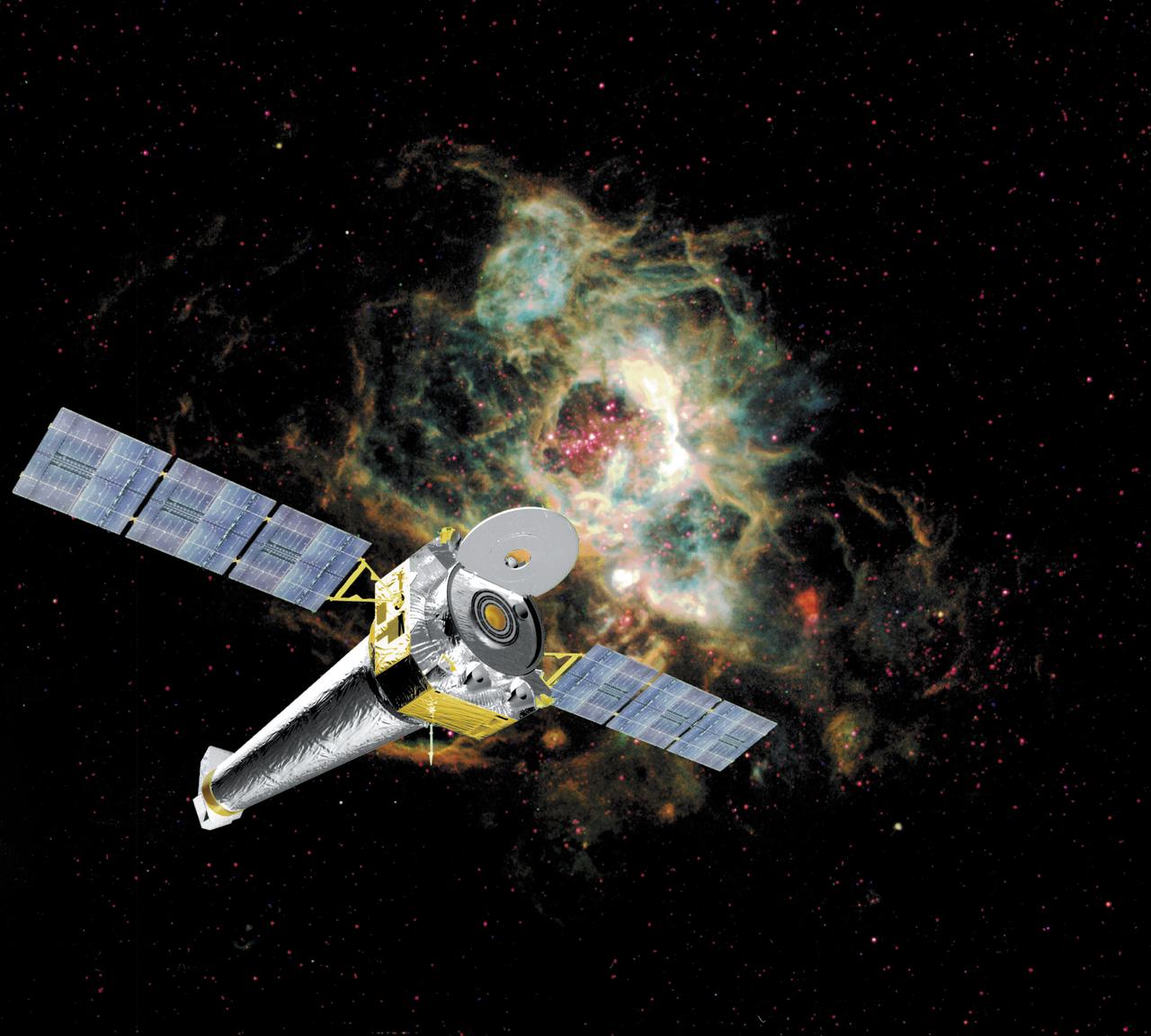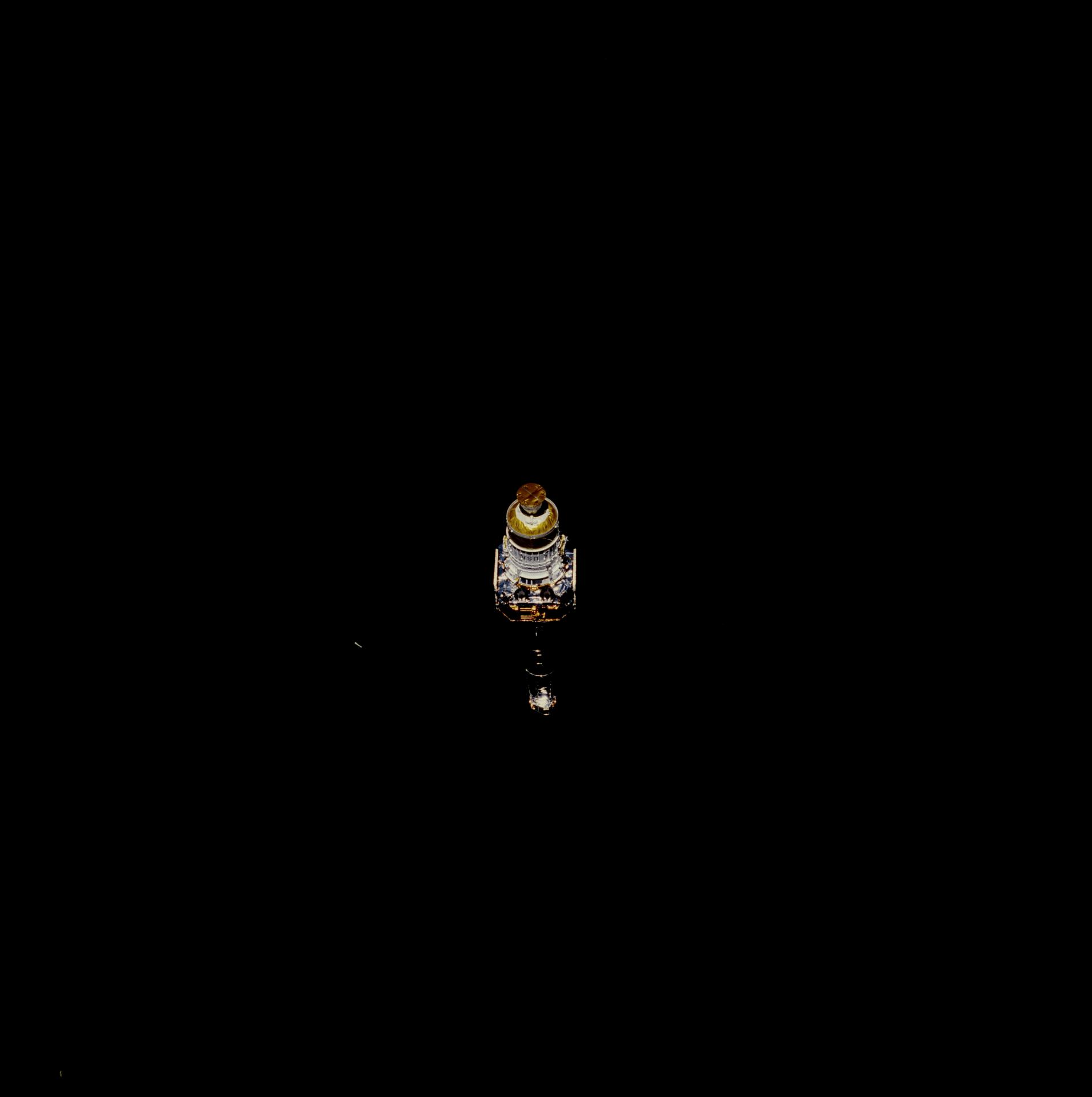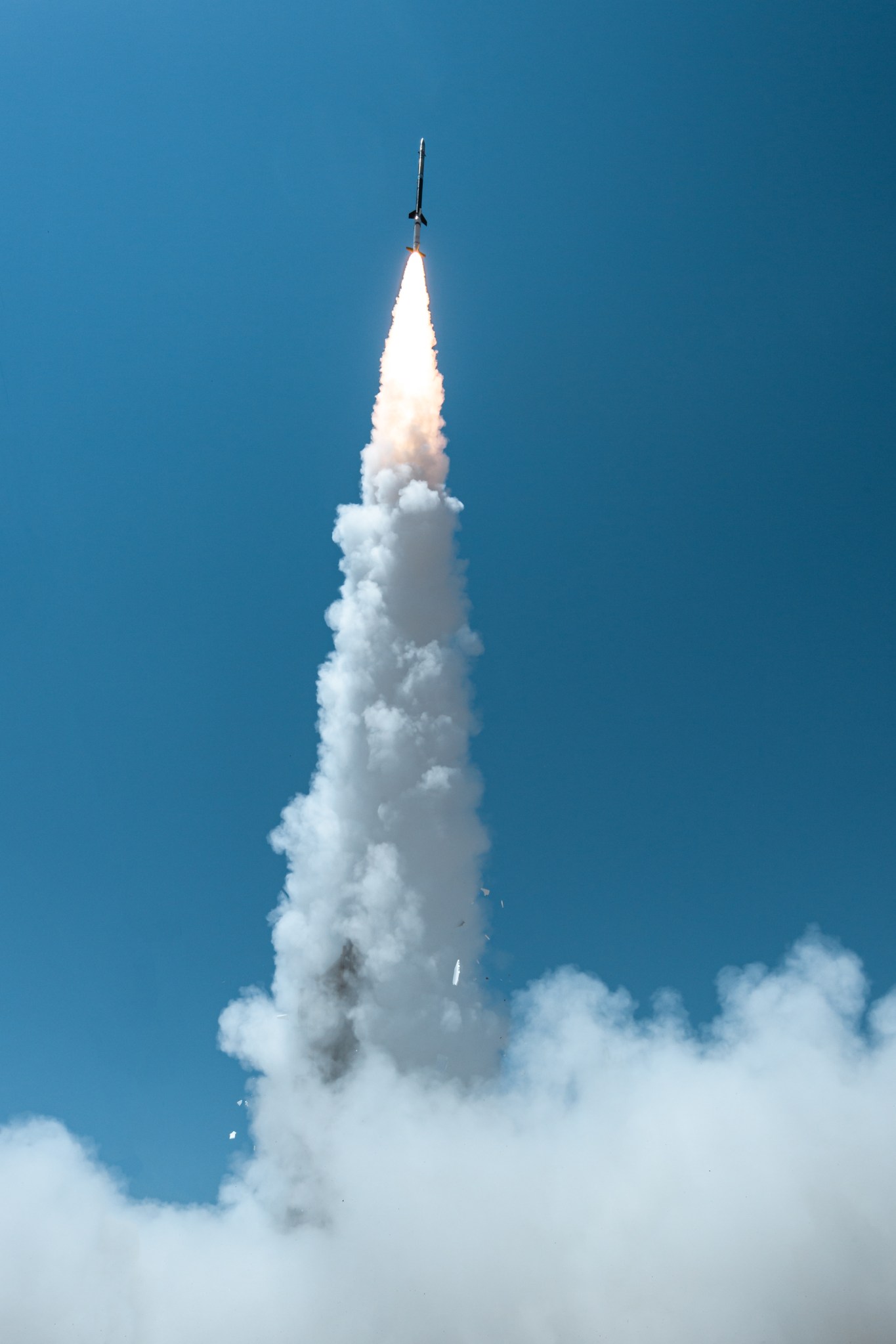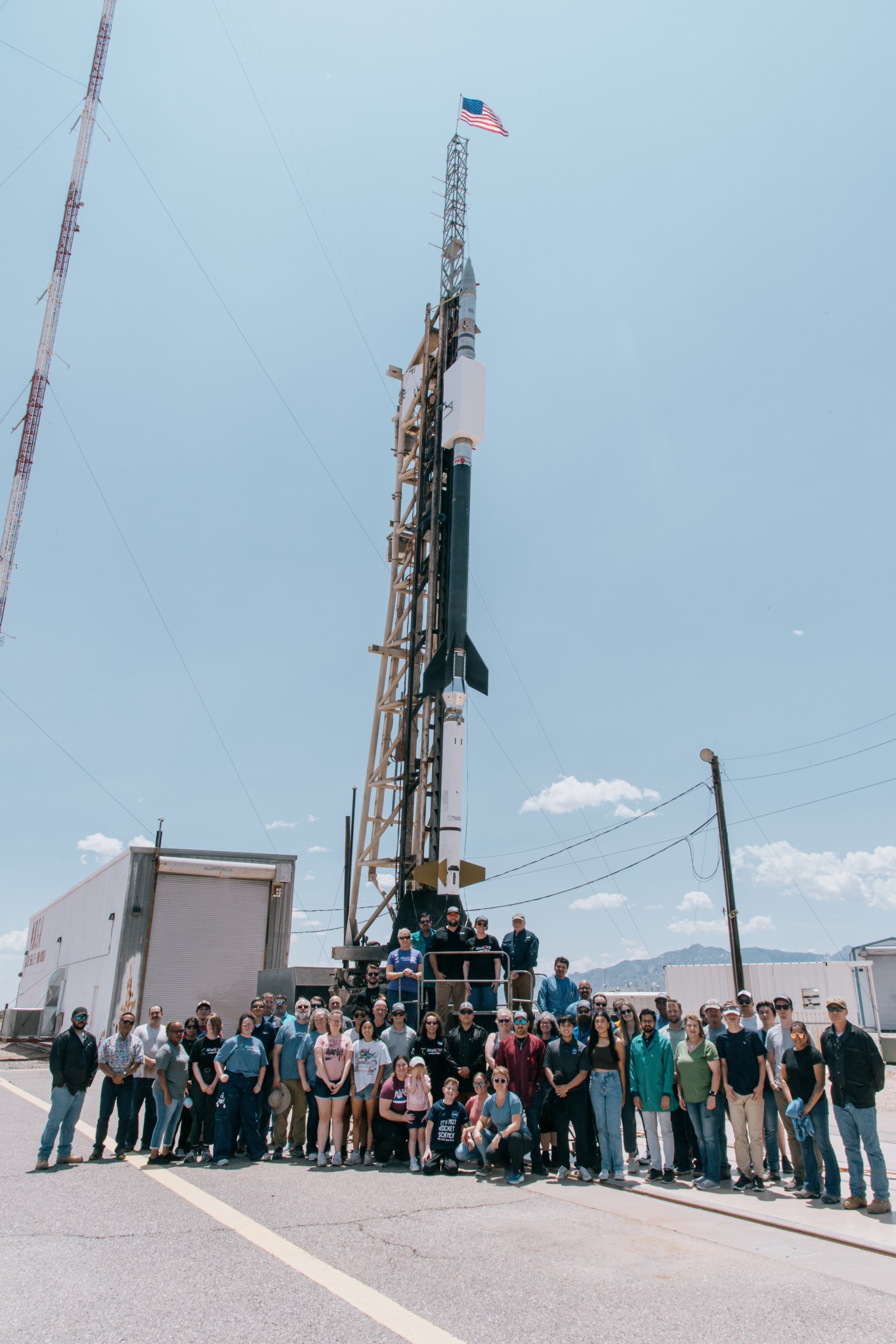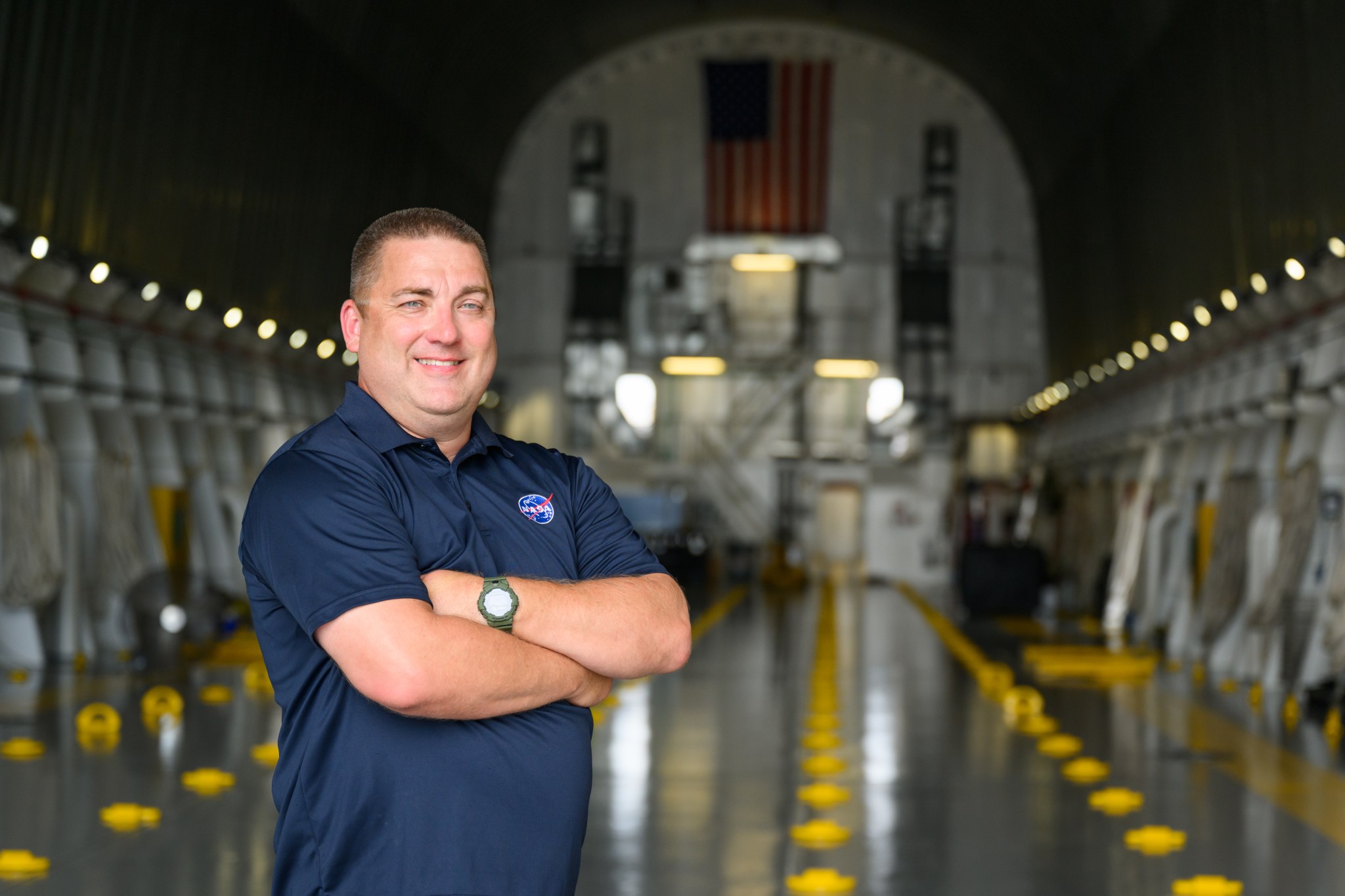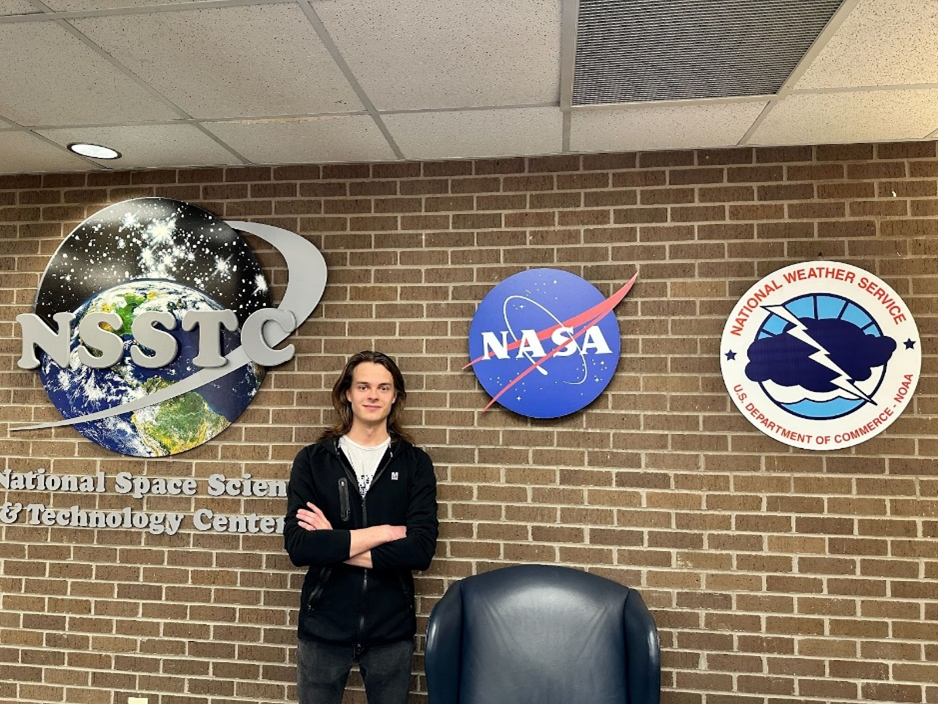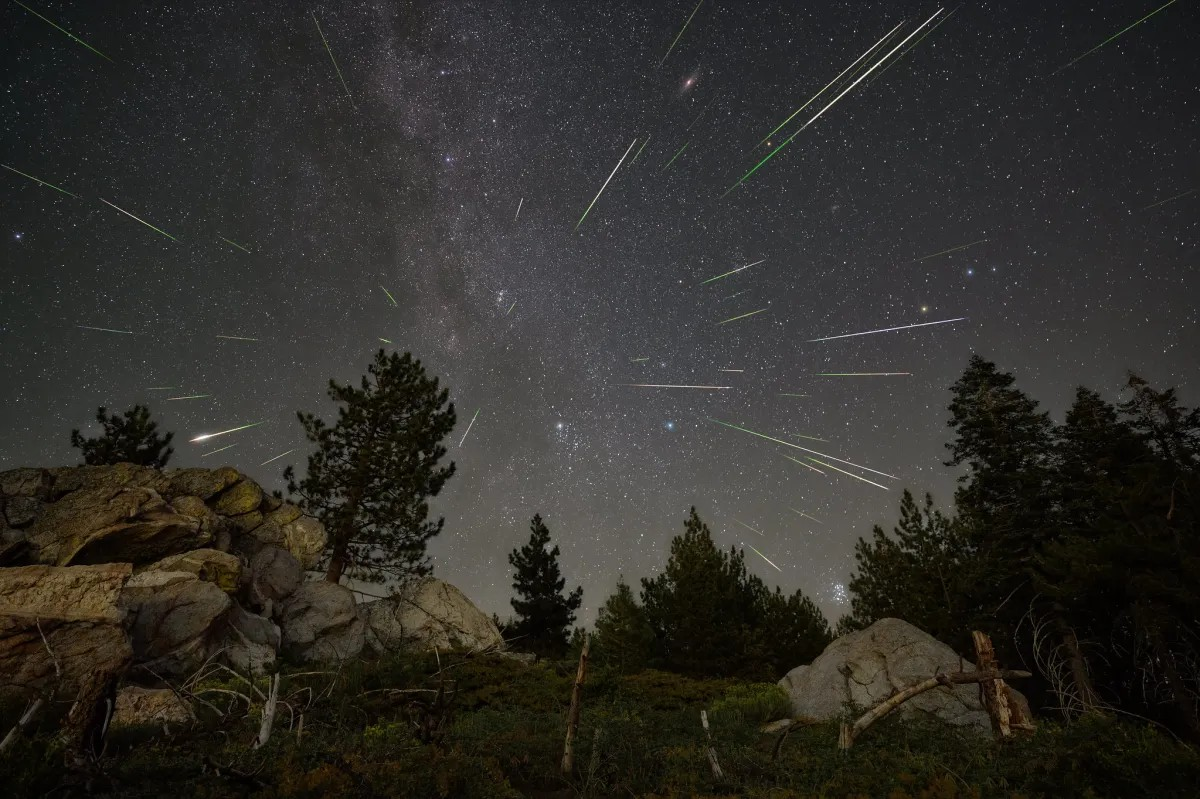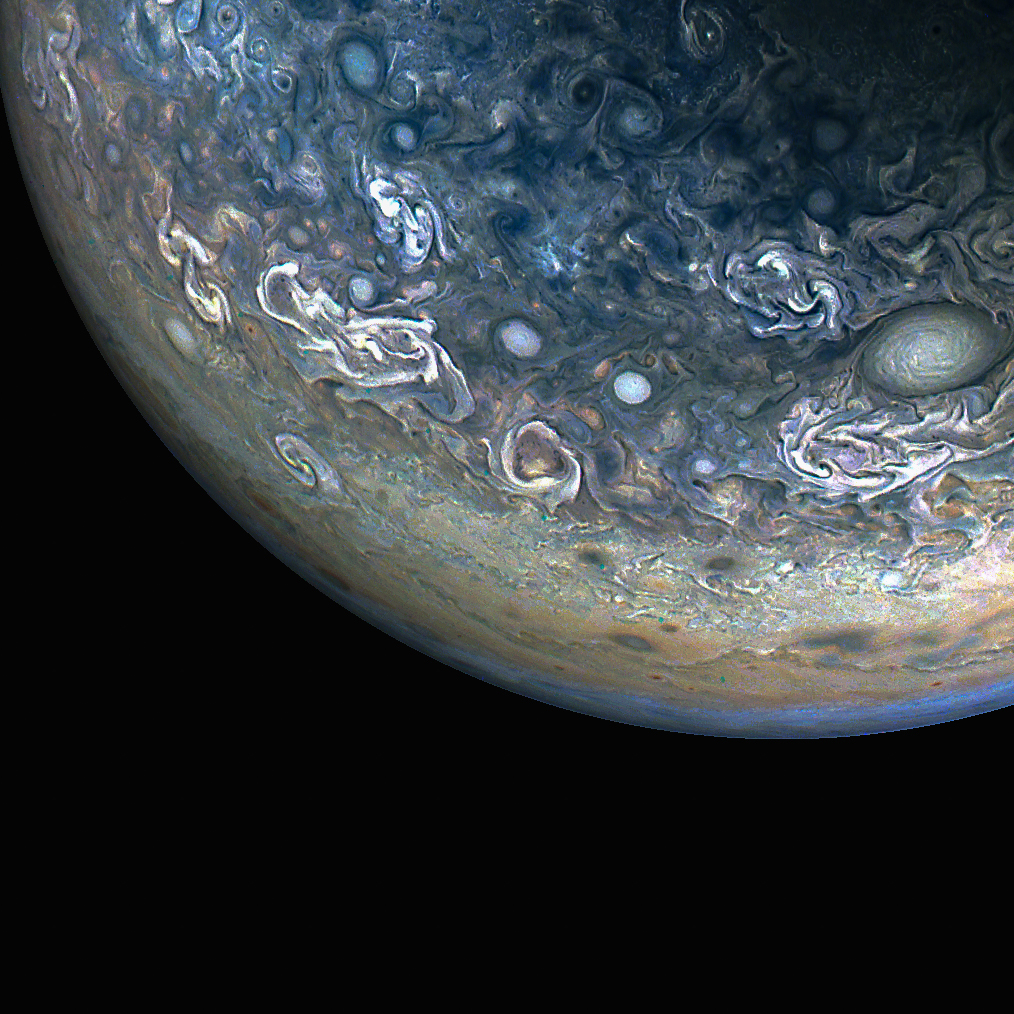25 Years On, Chandra Highlights Legacy of NASA Engineering Ingenuity
By Rick Smith
“The art of aerospace engineering is a matter of seeing around corners,” said NASA thermal analyst Jodi Turk. In the case of NASA’s Chandra X-ray Observatory, marking its 25th anniversary in space this year, some of those corners proved to be as far as 80,000 miles away and a quarter-century in the future.
Turk is part of a dedicated team of engineers, designers, test technicians, and analysts at NASA’s Marshall Space Flight Center. Together with partners outside and across the agency, including the Chandra Operations Control Center in Burlington, Massachusetts, they keep the spacecraft flying, enabling Chandra’s ongoing studies of black holes, supernovae, dark matter, and more – and deepening our understanding of the origin and evolution of the cosmos.
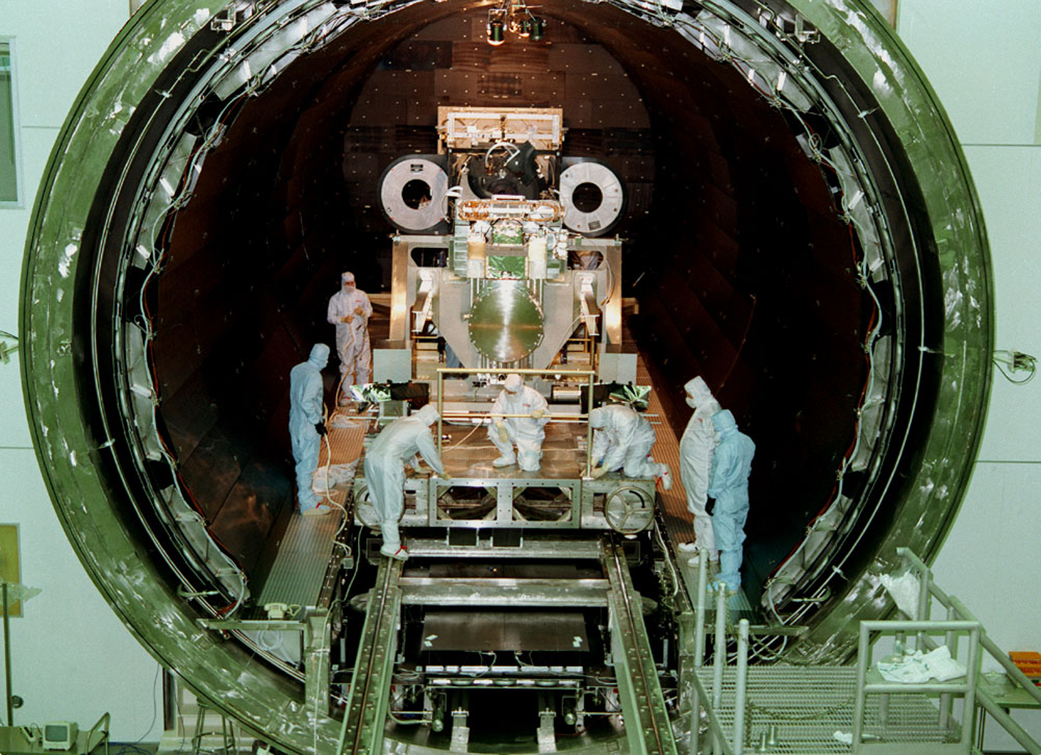
“Everything Chandra has shown us over the last 25 years – the formation of galaxies and super star clusters, the behavior and evolution of supermassive black holes, proof of dark matter and gravitational wave events, the viability of habitable exoplanets – has been fascinating,” said retired NASA astrophysicist Martin Weisskopf, who led Chandra scientific development at Marshall beginning in the late 1970s. “Chandra has opened new windows in astrophysics that we’d hardly begun to imagine in the years prior to launch.”
Following extensive development and testing by a contract team managed and led by Marshall, Chandra was lifted to space aboard the space shuttle Columbia on July 23, 1999. Marshall has continued to manage the program for NASA ever since.
“How much technology from 1999 is still in use today?” said Chandra researcher Douglas Swartz. “We don’t use the same camera equipment, computers, or phones from that era. But one technological success – Chandra – is still going strong, and still so powerful that it can read a stop sign from 12 miles away.”
That lasting value is no accident. During early concept development, Chandra – known prior to launch as the Advanced X-ray Astrophysics Facility – was intended to be a 15-year, serviceable mission like that of NASA’s Hubble Space Telescope, enabling periodic upgrades by visiting astronauts.
But in the early 1990s, as NASA laid plans to build the International Space Station in orbit, the new X-ray observatory’s budget was revised. A new, elliptical orbit would carry Chandra a third of the way to the Moon, or roughly 80,000 miles from Earth at apogee. That meant a shorter mission life – five years – and no periodic servicing.
The engineering design team at Marshall, its contractors, and the mission support team at the Smithsonian Astrophysical Observatory revised their plan, minimizing the impact to Chandra’s science. In doing so, they enabled a long-running science mission so successful that it would capture the imagination of the nation and lead NASA to extend its duration past that initial five-year period.
“There was a lot of excitement and a lot of challenges – but we met them and conquered them,” said Marshall project engineer David Hood, who joined the Chandra development effort in 1988.
“The field of high-powered X-ray astronomy was still so relatively young, it wasn’t just a matter of building a revolutionary observatory,” Weisskopf said. “First, we had to build the tools necessary to test, analyze, and refine the hardware.”
Marshall renovated and expanded its X-ray Calibration Facility – now known as the X-ray & Cryogenic Facility – to calibrate Chandra’s instruments and conduct space-like environment testing of sensitive hardware. That work would, years later, pave the way for Marshall testing of advanced mirror optics for NASA’s James Webb Space Telescope.
“Marshall has a proven history of designing for long-term excellence and extending our lifespan margins,” Turk said. “Our missions often tend to last well past their end date.”
Chandra is a case in point. The team has automated some of Chandra’s operations for efficiency. They also closely monitor key elements of the spacecraft, such as its thermal protection system, which have degraded as anticipated over time, due to the punishing effects of the space environment.
“Chandra’s still a workhorse, but one that needs gentler handling,” Turk said. The team met that challenge by meticulously modeling and tracking Chandra’s position and behavior in orbit and paying close attention to radiation, changes in momentum, and other obstacles. They have also employed creative approaches, making use of data from sensors on the spacecraft in new ways.
Acting project manager Andrew Schnell, who leads the Chandra team at Marshall, said the mission’s length means the spacecraft is now overseen by numerous “third-generation engineers” such as Turk. He said they’re just as dedicated and driven as their senior counterparts, who helped deliver Chandra to launch 25 years ago.
The work also provides a one-of-a-kind teaching opportunity, Turk said. “Troubleshooting Chandra has taught us how to find alternate solutions for everything from an interrupted sensor reading to aging thermocouples, helping us more accurately diagnose issues with other flight hardware and informing design and planning for future missions,” she said.
Well-informed, practically trained engineers and scientists are foundational to productive teams, Hood said – a fact so crucial to Chandra’s success that its project leads and support engineers documented the experience in a paper titled, “Lessons We Learned Designing and Building the Chandra Telescope.”
“Former program manager Fred Wojtalik said it best: ‘Teams win,’” Hood said. “The most important person on any team is the person doing their work to the best of their ability, with enthusiasm and pride. That’s why I’m confident Chandra’s still got some good years ahead of her. Because that foundation has never changed.”
As Chandra turns the corner on its silver anniversary, the team on the ground is ready for whatever fresh challenge comes next.
Learn more about the Chandra X-ray Observatory and its mission.
Smith, an Aeyon/MTS employee, supports the Marshall Office of Communications.
NASA Sounding Rocket Launches, Studies Heating of Sun’s Active Regions
By Wayne Smith
Investigators at NASA’s Marshall Space Flight Center will use observations from a recently launched sounding rocket mission to provide a clearer image of how and why the Sun’s corona grows so much hotter than the visible surface of Earth’s parent star. The MaGIXS-2 mission – short for the second flight of the Marshall Grazing Incidence X-ray Spectrometer – launched from White Sands Missile Range in New Mexico on July 16.
The mission’s goal is to determine the heating mechanisms in active regions on the Sun by making critical observations using X-ray spectroscopy.
The Sun’s surface temperature is around 10,000 degrees Fahrenheit – but the corona routinely measures more than 1.8 million degrees, with active regions measuring up to 5 million degrees.
Amy Winebarger, Marshall heliophysicist and principal investigator for the MaGIXS missions, said studying the X-rays from the Sun sheds light on what’s happening in the solar atmosphere – which, in turn, directly impacts Earth and the entire solar system.
X-ray spectroscopy provides unique capabilities for answering fundamental questions in solar physics and for potentially predicting the onset of energetic eruptions on the Sun like solar flares or coronal mass ejections. These violent outbursts can interfere with communications satellites and electronic systems, even causing physical drag on satellites as Earth’s atmosphere expands to absorb the added solar energy.
“Learning more about these solar events and being able to predict them are the kind of things we need to do to better live in this solar system with our Sun,” Winebarger said.
The NASA team retrieved the payload immediately after the flight and has begun processing datasets.
“We have these active regions on the Sun, and these areas are very hot, much hotter than even the rest of the corona,” said Patrick Champey, deputy principal investigator at Marshall for the mission. “There’s been a big question – how are these regions heated? We previously determined it could relate to how often energy is released. The X-rays are particularly sensitive to this frequency number, and so we built an instrument to look at the X-ray spectra and disentangle the data.”
Following a successful July 2021 launch of the first MaGIXS mission, Marshall and its partners refined instrumentation for MaGIXS-2 to provide a broader view for observing the Sun’s X-rays. Marshall engineers developed and fabricated the telescope and spectrometer mirrors, and the camera. The integrated instrument was exhaustively tested in Marshall’s state-of-the-art X-ray & Cryogenic Facility. For MaGIXS-2, the team refined the same mirrors used on the first flight, with a much larger aperture and completed the testing at Marshall’s Stray Light Test Facility.
A Marshall project from inception, technology developments for MaGIXS include the low-noise CCD camera, high-resolution X-ray optics, calibration methods, and more.
Winebarger and Champey said MaGIXS many of the team members started their NASA careers with the project, learning to take on lead roles and benefitting from mentorship.
“I think that’s probably the most critical thing, aside from the technology, for being successful,” Winebarger said. “It’s very rare that you get from concept to flight in a few years. A young engineer can go all the way to flight, come to White Sands to watch it launch, and retrieve it.”
NASA routinely uses sounding rockets for brief, focused science missions. They’re often smaller, more affordable, and faster to design and build than large-scale satellite missions, Winebarger said. Sounding rockets carry scientific instruments into space along a parabolic trajectory. Their overall time in space is brief, typically five minutes, and at lower vehicle speeds for a well-placed scientific experiment.
The MaGIXS mission was developed at Marshall in partnership with the Smithsonian Astrophysical Observatory in Cambridge, Massachusetts. The Sounding Rockets Program Office, located at NASA Goddard Space Flight Center’s Wallops Flight Facility, provides suborbital launch vehicles, payload development, and field operations support to NASA and other government agencies.
Smith, a Media Fusion employee and the Marshall Star editor, supports the Marshall Office of Communications.
From 1 Crew to Another: Artemis II Astronauts Meet NASA Barge Crew
Members of the Artemis II crew met with the crew of NASA’s Pegasus barge prior to their departure to deliver the core stage of NASA’s SLS (Space Launch System) rocket to the Space Coast.
NASA astronaut and pilot of the Artemis II mission Victor Glover met the crew July 15. NASA astronaut Reid Wiseman, commander, and CSA (Canadian Space Agency) astronaut Jeremy Hansen, mission specialist, visited the barge July 16 shortly before the flight hardware was loaded onto it.
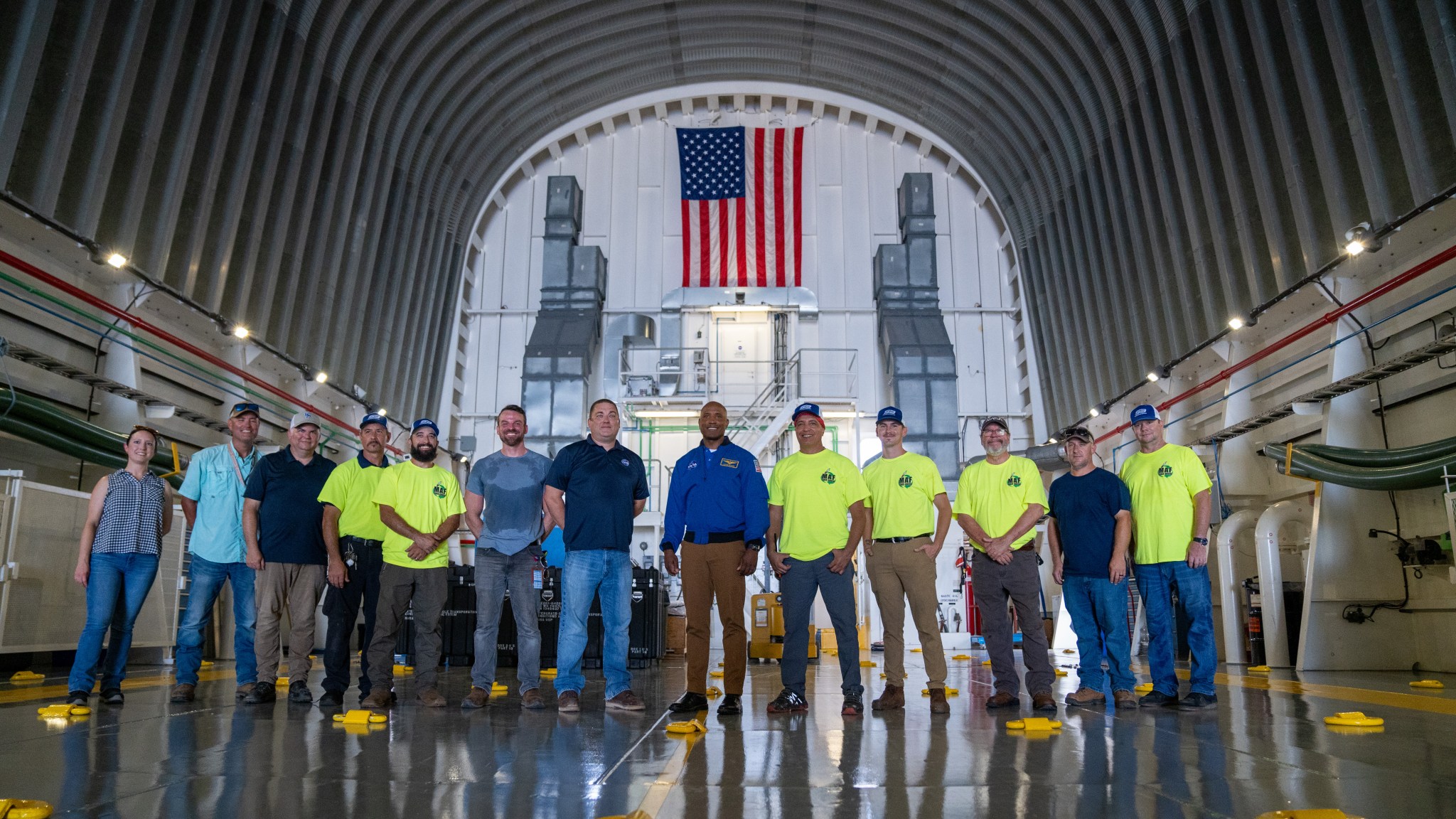
Pegasus is currently transporting the SLS core stage from NASA’s Michoud Assembly Facility to NASA’s Kennedy Space Center, where it will be integrated and prepared for launch. During the Artemis II test flight, the core stage with its four RS-25 engines will provide more than 2 million pounds of thrust to help send the Artemis II crew around the Moon.
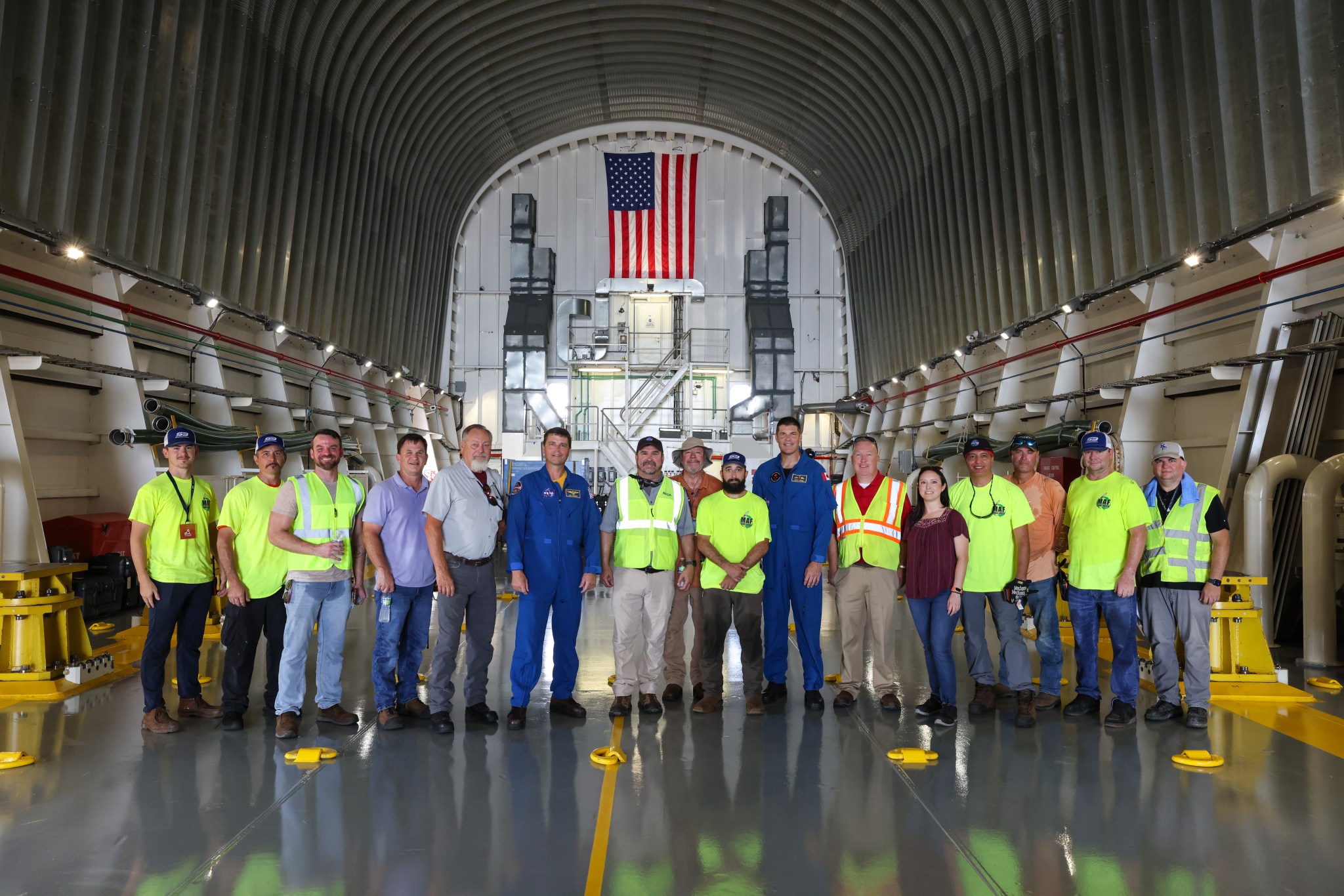
Pegasus, which was previously used to ferry space shuttle tanks, was modified and refurbished to ferry the SLS rocket’s massive core stage. At 212 feet in length and 27.6 feet in diameter, the Moon rocket stage is more than 50 feet longer than the space shuttle external tank.
I am Artemis: John Campbell
How do you move NASA’s SLS (Space Launch System) rocket’s massive 212-foot-long core stage across the country? You do it with a 300-foot-long barge. However, NASA’s Pegasus barge isn’t just any barge. It’s a vessel with a history, and John Campbell, a logistics engineer for the agency based at NASA’s Marshall Space Flight Center, is one of the few people who get to be a part of its legacy.
For Campbell, this journey is more than just a job – it’s a lifelong passion realized. “Ever since I was a boy, I’ve been fascinated by engineering,” he said. “But to be entrusted with managing NASA’s Pegasus barge, transporting history-making hardware for human spaceflight across state lines and waterways – is something I never imagined.”
NASA has used barges to ferry the large and heavy hardware elements of its rockets since the Apollo Program. Replacing the agency’s Poseidon and Orion barges, Pegasus was originally crafted for the Space Shuttle Program and updated in recent years to help usher in the Artemis Generation and accommodate the mammoth dimensions of the SLS core stage. The barge plays a big role in NASA’s logistical operations, navigating rivers and coastal waters across the Southeast, and has transported key structural test hardware for SLS in recent years.
Campbell grew up in Muscle Shoals, Alabama. After graduating from the University of Alabama with a degree in mechanical engineering, he ventured south to Panama City, Florida, where he spent a few years with a heating, ventilation, and air conditioning consulting team. Looking for an opportunity to move home, he applied for and landed a contractor position with NASA and soon moved to his current civil service role.
With 17 years under his belt, Campbell has many fond memories during his time with the agency. One standout moment was witnessing the space shuttle stacked in the Vehicle Assembly Building at NASA’s Kennedy Space Center. But it’s not all about rockets and launch pads for Campbell. When he isn’t in his office making sure Pegasus has everything it needs for its next trip out, he is on the water accompanying important pieces of hardware to their next destinations. With eight trips on Pegasus under his belt, the journey never gets old.
“There is something peaceful when you look out and it’s just you, the water, one or two other boats, and wildlife,” Campbell said. “On one trip we had a pod of at least 20 dolphins surrounding us. You get to see all kinds of cool wildlife and scenery.”
From cherishing special moments like this to ensuring the success of each journey, Campbell recognizes the vital role he plays in the agency’s goals to travel back to the Moon and beyond and does not take his responsibility lightly.
“To be a part of the Artemis campaign and the future of space is just cool. I was there when the barge underwent its transformation to accommodate the colossal core stage, and in that moment, I realized I was witnessing history unfold. Though I couldn’t be present at the launch of Artemis I, watching it on TV was an emotional experience. To see something you’ve been a part of, something you’ve watched evolve from mere components to a giant spacecraft hurtling into space – it’s a feeling beyond words.”
NASA is working to land the first woman, first person of color, and its first international partner astronaut on the Moon under Artemis. SLS is part of NASA’s backbone for deep space exploration, along with the Orion spacecraft, supporting ground systems, advanced spacesuits and rovers, the Gateway in orbit around the Moon, and commercial human landing systems. SLS is the only rocket that can send Orion, astronauts, and supplies to the Moon in a single launch.
Marshall manages the SLS Program.
Read other I am Artemis features.
Icelandic Graduate Student Brings High-Performance Computing Knowledge to IMPACT
By Derek Koehl
For the last six months, NASA’s Interagency Implementation and Advanced Concepts Team (IMPACT) foundation model development team at NASA’s Marshall Space Flight Center, has been joined by Þorsteinn Elí Gíslason, a visiting graduate student at the University of Alabama in Huntsville from the University of Iceland.
His participation on the Prithvi geospatial foundation model, an open-source geospatial artificial intelligence (AI) foundation model for Earth observation data, was part of a collaboration partnership between NASA, the University of Alabama in Huntsville (UAH), the University of Iceland, and the Jülich Supercomputing Centre in Forschungszentrum Jülich, Germany.
The goal of the collaboration was to share expertise and knowledge across institutions in an open and synergetic way. This partnership serves as a pathfinder for students to work on an international collaborative project and provides extensive research opportunities to graduate students like Elí in fields such as AI foundation models and high-performance computing (HPC).
“Elí demonstrated exceptional support in running experiments on the geospatial foundation model, showcasing his expertise and dedication,” said Sujit Roy, Gíslason’s mentor and IMPACT FM team lead from UAH. “I loved one specific quality of Elí, that he asks a lot of questions and puts effort into understanding the problem statement.”
Gíslason was instrumental in helping the team overcome the hoops and hurdles involved when pre-training a foundation model on a high-performance computing system. His ability to understand models and scale them to multiple graphics processing units (GPUs) was an instrumental skill for the project. He facilitated scripts and simulations to run seamlessly over multiple nodes and GPUs, optimizing resources and accelerating research outcomes. Additionally, Elí’s adeptness in running these models on high-performance computing systems significantly enhanced the team’s computational efficiency. Gíslason also contributed his knowledge of the Jülich Supercomputing Centre’s HPC systems and served an important role with respect to the Centre’s operations.
By helping the team overcome the challenges of pre-training, Gíslason’s interest in AI models expanded.
“For as long as I can remember, I’ve been interested in programming and computers. I’ve always found it fun to apply programming to a problem I’m facing, especially if it has the opportunity to reduce the overall work required,” said Gíslason. “AI, machine learning, and deep learning are just advanced forms of this interest. These models capture my interest in that they are able to solve problems by capturing patterns that don’t have to be explicitly defined beforehand.”
Gíslason’s work with IMPACT supports his master’s thesis in computational engineering at the University of Iceland. His graduate work builds on his Bachelor of Science in physics.
This collaboration was facilitated by Gabriele Cavallaro from Jülich Supercomputing Center and Manil Maskey, IMPACT deputy project manager and research scientist at Marshall.
“Open science thrives on sharing expertise, and artificial intelligence encompasses a vast field requiring knowledge across many areas,” Maskey said. “Elí provided one of the key expertise areas crucial to our project. This collaboration was mutually beneficial- our foundation model project gained from his specialized knowledge, while Elí gained valuable technical skills and experience as part of a major NASA project.”
IMPACT is managed by Marshall and is part of the center’s Earth Science branch. The collaboration was conducted through the IEEE Geoscience and Remote Sensing Society Earth Science Informatics Technical Committee. Along with IMPACT and Marshall, development of the Prithvi geospatial foundation model featured significant contributions from NASA’s Office of the Chief Science Data Officer, IBM Research, Oak Ridge National Laboratory, and the University of Alabama in Huntsville.
Koehl is a research associate at the University of Alabama in Huntsville supporting IMPACT.
Delta Aquariid Meteor Shower Best Seen in Southern Hemisphere in Late July
Most casual skywatchers know the bright, busy Perseids meteor shower arrives in late July and peaks in mid-August. Fewer are likely to name-drop the Southern delta Aquariids, which overlap with the Perseids each summer and are typically outshone by their brighter counterparts, especially when the Moon washes out the Southern delta Aquariids.
This year, with the Southern delta Aquariids set to peak on the night of July 28, the underdog shower isn’t likely to deliver any surprises. Unless you’re below the equator, it’ll take a keen eye to spot one.
“The Southern delta Aquariids have a very strong presence on meteor radars which can last for weeks,” said NASA astronomer Bill Cooke, who leads the Meteoroid Environment Office at NASA’s Marshall Space Flight Center. “Sadly, for most observers in the Northern Hemisphere, they’re difficult to spot with the naked eye, requiring the darkest possible skies.”
Meteor watchers – particularly those in the southern United States and points south – will be best served to check out the night sky July 28-29 before moonrise at 2 a.m.
During peak shower activity, under ideal viewing conditions with no Moon in the sky, casual watchers may see 2-5 meteors per hour, flashing into view at speeds of 25 miles per second. A small percentage of these may leave glowing, ionized gas trails that linger visibly for a second or two after the meteor has passed. But most of the noticeable activity for the Southern delta Aquariids occurs over a couple of days around its peak, so don’t expect to see any past the end of July.
You can distinguish Southern delta Aquariids meteors from the Perseids by identifying their radiant, or the point in the sky from which a meteor appears to originate. Southern delta Aquariids appear to come from the direction of the constellation of Aquarius, hence the name. The Perseids’ radiant is in the constellation of Perseus in the northern sky.
Most astronomers agree the Southern delta Aquariids originate from Comet 96P/Machholz, which orbits the Sun every 5.3 years. Discovered by Donald Machholz in 1986, the comet’s nucleus is roughly 4 miles across – about half the size of the object suspected to have wiped out the dinosaurs. Researchers think debris causing the Southern delta Aquariid meteor shower was generated about 20,000 years ago.
Juno Mission Captures Colorful, Chaotic Clouds of Jupiter
During its 61st close flyby of Jupiter on May 12, NASA’s Juno spacecraft captured a color-enhanced view of the giant planet’s northern hemisphere. It provides a detailed view of chaotic clouds and cyclonic storms in an area known to scientists as a folded filamentary region. In these regions, the zonal jets that create the familiar banded patterns in Jupiter’s clouds break down, leading to turbulent patterns and cloud structures that rapidly evolve over the course of only a few days.
Citizen scientist Gary Eason made this image using raw data from the JunoCam instrument, applying digital processing techniques to enhance color and clarity.
At the time the raw image was taken, the Juno spacecraft was about 18,000 miles above Jupiter’s cloud tops, at a latitude of about 68 degrees north of the equator.
JunoCam’s raw images are available for the public to peruse and process into image products at https://missionjuno.swri.edu/junocam/processing. More information about NASA citizen science can be found at https://science.nasa.gov/citizenscience.
NASA’s Jet Propulsion Laboratory, a division of Caltech in Pasadena, California, manages the Juno mission for the principal investigator, Scott Bolton, of the Southwest Research Institute in San Antonio. Juno is part of NASA’s New Frontiers Program, which is managed at NASA’s Marshall Space Flight Center for the agency’s Science Mission Directorate. The Italian Space Agency (ASI) funded the Jovian InfraRed Auroral Mapper. Lockheed Martin Space in Denver built and operates the spacecraft.
Learn more about Juno.

